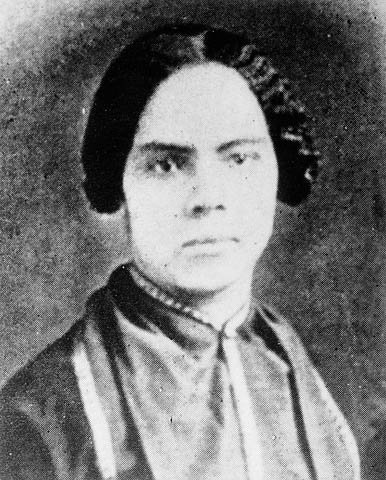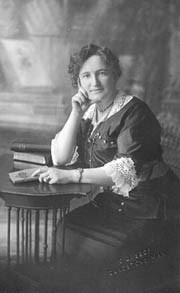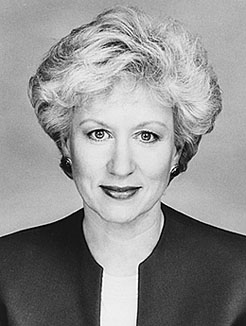Women's Suffrage
While we had some form of democracy since ancient Greece, the benefit of it didn’t truly propagate to all parts of the society for centuries. It wasn’t until the year 1893 when New Zealand the first self-governing country in the world to provide women the right to vote, but not stand for, parliamentary elections. Colony of South Australia in 1894 provided both for the first time in history.
It hadn’t been until the year 1916 when finally, Canadian women were allowed to vote in provincial elections. Let’s see how things advanced in that area. The term Women’s suffrage is the right of women to vote in political elections, which also means having the right to run for public office as well. In Canada the women’s suffrage movement went for decades as women met strong resistance when it came to suffrage. By the mid-19th century, full citizenship was legally limited to men (white male); women were excluded from votes in both federal and provincial level. Around that time, many women in Canada - typically White, middle-class women, supported by Black abolitionists, unionists, and socialists, started to speak out about voting rights along with other social reforms. The majority of Canadian suffragists relied on peaceful campaigning.
While they campaigned at every level of government for the vote, suffragists often prioritized local rights. By 1900, propertied women had won some voting rights — including the right to vote and to stand for office in some municipal council, library and school board elections. They next went on to win the right to vote in provincial elections. The first provincial victory occurred in Manitoba on 28th January 1916. In 1940, Québec was the last province to concede the vote.
Federal authorities first granted a limited female franchise in 1917. In 1918, this was expanded to include most women. However, Asian women and men were left out and were not included until after the Second World War. Indigenous women and men living on reserves — and most everywhere else as well —were excluded from the vote across Canada, except in rare cases, until 1960.

Mary Ann Shadd, a Black woman, editor of the Provincial Freeman, was a pioneer suffragist and abolitionist, who used her newspaper as a platform to discuss women’s rights, including the right to vote. The paper also informed readers of suffrage meetings held in Canada and the United States. However, Shadd was marginalized as a Black woman and as an opponent of American slavery. She later returned to the United States in the 1860s.
The Toronto Women's Literary Club (TWLC) was created in 1876–77 by Dr. Emily Howard Stowe, one of Canada's first female doctors; she and her daughter, Dr. Augusta Stowe-Gullen, spearheaded Ontario's suffrage campaign for 40 years. Despite numerous petitions and private members’ bills, most lawmakers across the country continued to vote against providing women the right to vote and to seek public offices.
Nellie McClung

A popular author and member of the Canadian Women's Press Club, Nellie McClung became the Prairie movement's (Manitoba) dominant figure. Manitoba’s Political Equality League, established in 1912, was a star-studded assembly of articulate and hard-working activists. In 1914, the League held a successful fundraiser with a well-publicized mock parliament, a tactic employed elsewhere as well.
On 28 January 1916, Manitoba women became the first in Canada to win both the right to vote and to hold provincial office. Manitoba was followed by Saskatchewan on 14th March and Alberta on 19th April 1916. In these instances, the farm movement supported women’s suffrage as the proper course for a democracy.
British Columbia approved women’s suffrage on 5th April 1917 after putting it to a referendum of male voters, the only province to do so.
A week later, on 12th April 1917, in Ontario the first Conservative government passed women’s suffrage.
In Québec, where both French and the English-speaking communities worked together, it was passed on 25th April 1940.
Here are some of the notable women who had succeeded in Canadian politics:
Cairine Wilson - The first female senator, Liberal, was appointed in 1930.
Rita Johnson - The first female premier of a province or territory, British Columbia in 1991.
Kim Campbell: prime minister of a short-lived Conservative government in 1993.

Today, after 2015 general election, House of Commons — 26 per cent of MPs elected (88) are women. The Liberal government has a Cabinet with 50 per cent female ministers.
[Primary Source: Canadian Encyclopedia – Historica Canada]